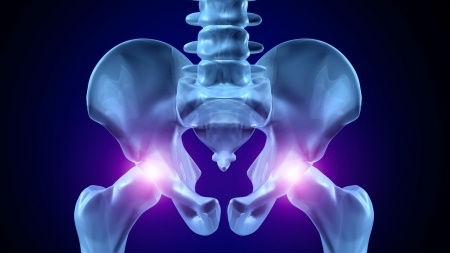What dictates the shape of a person's hips and spine is being examined in a new study by University of Aberdeen scientists.
It’s hoped their findings could pave the way for the future development of new drugs or preventative measures to tackle osteoporosis, osteoarthritis and lower back pain.
Research conducted in Aberdeen, has already shown instances of these diseases occurring more prevalently in people with certain bone shapes.
But the reason for this link is yet to be understood.
X-ray images from a medical cohort of 3000 people, who have been studied from their birth in 1946, will be analysed as part of the research, which is funded by a £550K grant from the Medical Research Council.
Professor Richard Aspden from the University of Aberdeen’s Musculoskeletal Programme who is leading the study said: “Our aim is to understand the extent to which the shape of our hips and spine is inherited or dependent on our diet, lifestyle choices or other diseases we may suffer as we get older.
“We have and are continuing to explore the relationship that exists between the shape of these bones and incidences of osteoarthritis, osteoporosis and back pain.
“This new study will add to this research, by establishing if people with particular features to the shape of their hips or spine have other things in common, for example, low birth weight, exercise habits or obesity.
“The medical cohort we are using is unique in allowing us to cross reference social, behavioural and biomedical data from 3000 individuals across a timeline of 68 years from birth to current day.
“This means we can look for links across a vast developmental time frame.”
In the UK, one in two women and one in five men over the age of 50 will break a bone mainly because of poor bone health. 1,150 people die in the UK every month as a result of hip fractures⃰.
Osteoarthritis is the most common type of arthritis in the UK, affecting around eight out of 10 people over the age of 50⃰.
Professor Aspden continued: “At present, we do not fully understand what causes osteoporosis and osteoarthritis. The results from this study might give us some clues to this and from there we can begin to understand if it is possible to change someone’s risk of developing these diseases.
“This might be possible using existing or new drugs but, more importantly, might equally be a matter of making changes to diet or exercise.”
The study involves collaborators from the Medical Research Council’s Unit for Lifelong Health and Ageing and the Central Manchester University Hospital NHS Foundation Trust.


